HQ: Combat Engineers
Engineers in Company of Heroes 2 will have a key role fighting the General Winter: they are the only units capable of creating fire camps to protect the army from hypothermia. Historically these squads were used in large formations for large-scale defensive works, but after 1942 they got re-organized into smaller and more flexible construction engineer formations. They were used to wear a body armor, the SN-42.
SN-42 was designed to protect against bayonet attacks, small fragments from the explosion and a 9 mm pistol bullets with lead core, providing protection against damage from MP-38/40 from a 10m distance. Also, from a distance of 100-150m it can stand a shot from a Gewehr 41, but on the condition that the bullet went on a tangent.
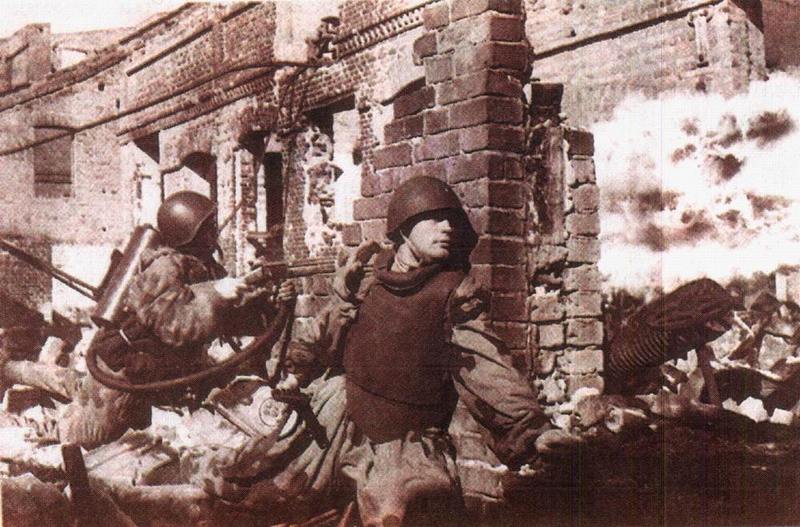
HQ: Guards Troops Elite Infantry
Guards are elitè units that were awarded the status of “Guards” after distinguishing themselves in service. In Russian, they were called “Гвардия, Gvardіya”. The title of the Soviet Guards was first introduced on September 18, 1941 in accordance with the decision of the Headquarters of the Supreme Commander-in-Chief (Stavka Verkhovnogo Glavnokomanduyuschego) and by the order №308 of the People’s Commissar of Defense for the distinguished services during the Yelnya Offensive. In Company of Heroes 2, Guards are capable of using an ability similar to the “Fire up” one of Rangers and Airborne troops of CoH, called “Oorah!” They are tough and veteran soldiers capable of handling any situation.
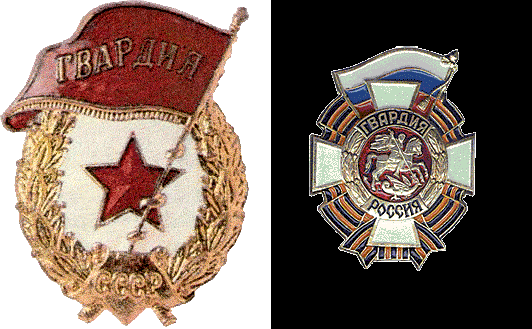
HQ: Conscripts
Conscripts are the backbone of the Red Army. Armed with Mosign Nagants, these large unit formations fought to the death. For them, survival was desperation, as they were hopelessly caught between the Nazis and the Commissars that would have killed them on retreat. They were not heavily equipped, because they often used whatever they could find and turn it into a weapon. Alcohol bottles could easily become Molotov Cocktails, for example! During WW2, all able men from 18 years old were subject to draft with the exception of specialists declared vitally necessary in industry, which was revamped for military/defense production. Post war demobilization of the Soviet Armed Forces was completed in 1948. According to the 1949 service law, service terms were 3 years in ground forces and 4 years in the navy.
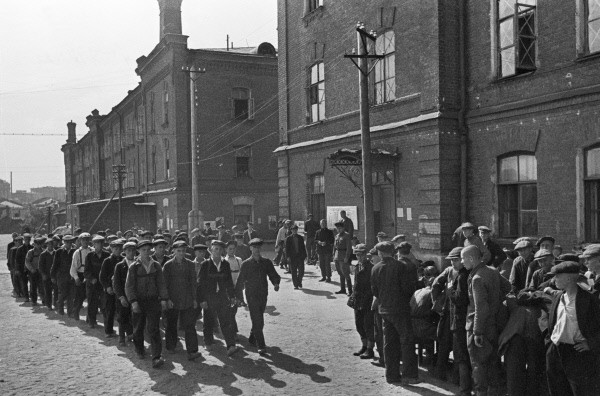
Force Recon: M3A1 Scout Vehicle
The M3 Scout Car was an armored car in U.S. service during WW2. It was also known as the White Scout Car, after its manufacturer, the White Motor Company. It was used in various roles including patrol, scouting, command vehicle, ambulance and gun tractor. After some years the Army decided to adopt an improved version, designated M3A1. The new version had a longer and wider hull. In front of the bumper an unditching roller was mounted. The M3A1 could carry up to seven infantry and provide fire support with three machine guns – one .50 caliber (12.7 mm) and two .30 caliber (7.62 mm) – mounted on a skate rail around the hull. Production of the M3A1 started in 1940 and lasted until 1944, with 20,918 vehicles built. The M3A1 was also supplied via lend-lease channels to the Soviet Union (3,034; these vehicles remained in service until at least 1947) In Red Army service it was used primarily as a reconnaissance vehicle, but also as gun tractor for the ZIS-3 76-mm field gun.
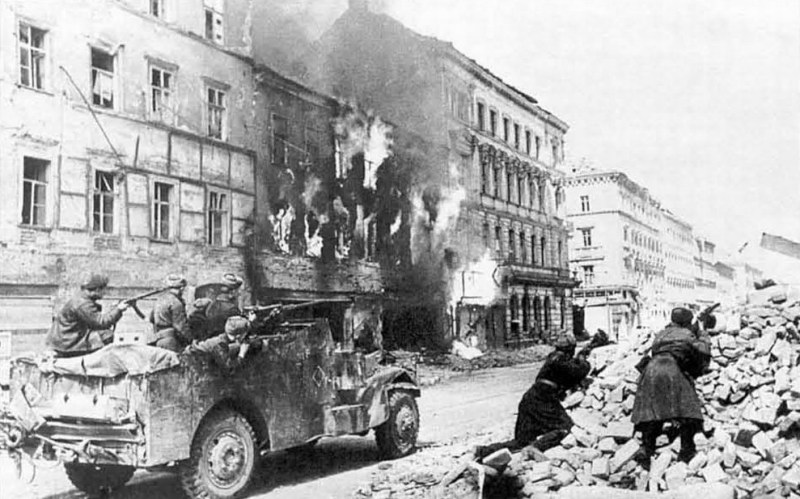
Force Recon: Sniper Squad
Snipers of the Soviet Union played an important role mainly on the Eastern Front of World War II, apart from other preceding and subsequent conflicts. In World War II, Soviet snipers used the 7.62x54R rifle cartridge with light, heavy, armour-piercing (B-30), armour-piercing-and-incendiary (B-32), zeroing-and-incendiary (P3), and tracer bullets. Most Soviet WWII snipers carried a combat load of 120 rifle cartridges in the field. Unlike the militaries of other nations, these snipers could be men or women. In 1943, there were over 2,000 women functioning in this role.
Soviet and Soviet-derived military doctrines include squad-level snipers, which may be called “sharpshooters” or “designated marksmen” in other doctrines. They do so because the long-range engagement ability was lost to ordinary troops when submachine guns (which are optimized for close-range, rapid-fire combat) were adopted.
Soviet military doctrine used snipers for providing long-distance suppressive fire and for eliminating targets of opportunity, especially leaders, because during World War II, Soviet military leaders and combat theorists (Vasilij Zajcev contributed greatly to Soviet sniper doctrine, although he was officially neither of these) found that military organizations have difficulty replacing experienced non-commissioned officers and field officers during times of war. They also found that the more expensive and less rugged sniper rifles could match the cost-effectiveness of a cheaper assault rifle given good personnel selection, training, and adherence to doctrine. The Soviet Union also used women for sniping duties extensively, including Lyudmila Pavlichenko and Nina Lobkovskaya. The most successful Soviet use of snipers during the second world war were during their defensive stages of the war (1941–1943), after which the advantage of defense shifted to the German side and German snipers became a real danger to the advancing Soviets.
The two most common sniper rifles employed by the Soviet Union during WW2 were the Mosin-Nagant and the Tokarev SVT-40.
The sniper version of the Mosin-Nagant rifle was used before, during, and after World War II. It used the standard bolt action 1891/30 infantry rifle as a platform, though rifles destined for conversion were hand-selected for quality and accuracy. Four-power scopes were added, and came in two versions. The PE scope was a copy of a German Zeiss scope, manufactured by Emil Busch AG. The PEM model was later introduced as a more reliable, easier to produce scope. The second version of the Mosin-Nagant sniper rifle, known as the PU, began production late in 1942. This rifle included a simpler scope design, which was incorporated from the short-lived SVT-40, and was far easier to mass produce. To this day, it remains the most widely produced and longest serving sniper rifle in the world, and remained the Soviet Union’s main sniper rifle until it was superseded in 1962 by the semi-automatic SVD Dragunov rifle.
The Tokarev SVT-40 was another Soviet sniper rifle used in WWII. Designed as a replacement to the Mosin-Nagant PE/PEM sniper rifles, the SVT-40 was a semi-automatic rifle chambered for the same 7.62x54R ammunition as the Mosin-Nagant. However, due to several problems, including accuracy issues and muzzle flash, as well as being complex and slow to manufacture, production ceased, and work began on developing the aforementioned PU version of the Mosin-Nagant.
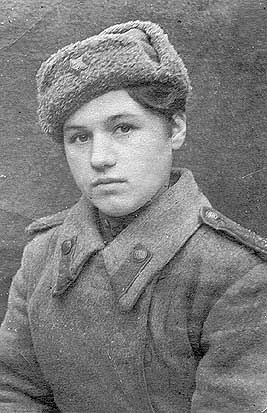










 cblanco ★
cblanco ★  보드카 중대
보드카 중대  VonManteuffel
VonManteuffel  Heartless Jäger
Heartless Jäger 